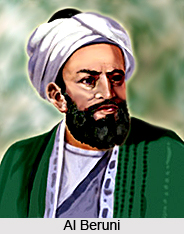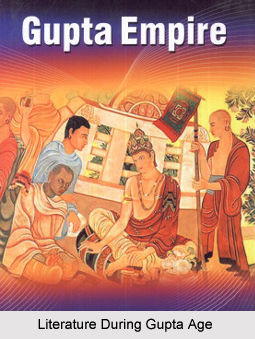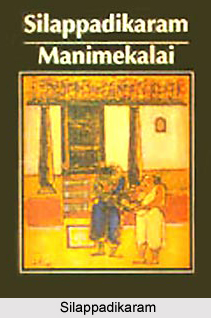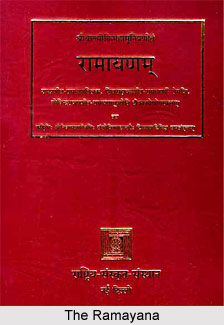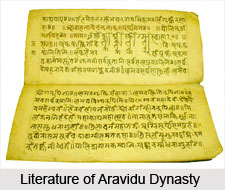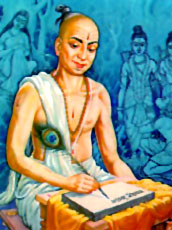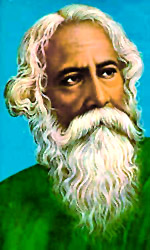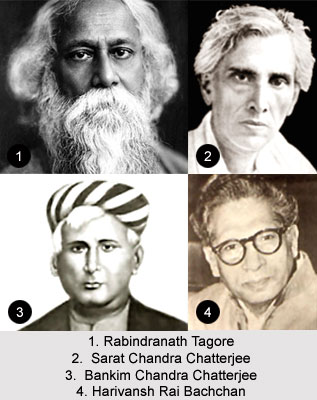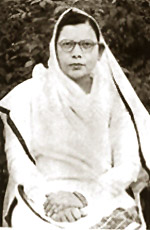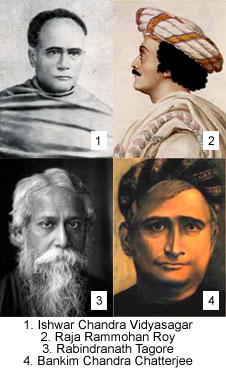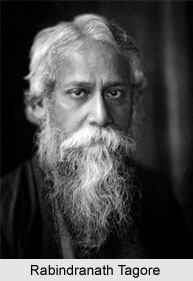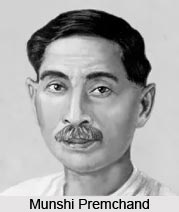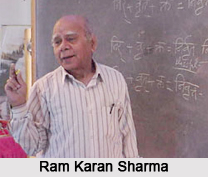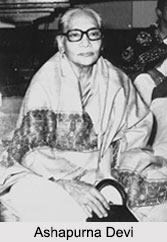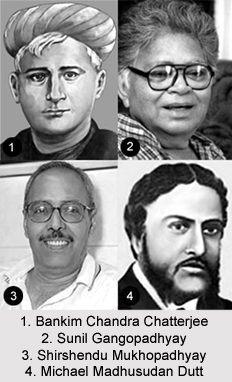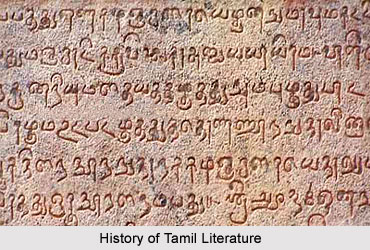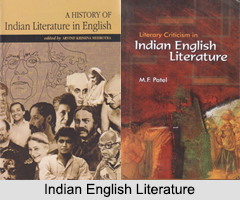Assamese prose in the Jayanti era was not as strong as its poetic counterpart. There was noticed a trend of publication of more short stories than novels. Novelists who would emerge in contemporary literature were starting their careers as short story writers. Said Abdul Malik`s (1919) collection of short stories, Parashmoni, was published in 1946. The short story "Parashmoni" was a simple yet relevant story of love, friendship, and misunderstanding. It was Malik`s use of direct language and expressions which made this story of human relationships appealing. It established Malik as one of contemporary Assam`s most popular writers. On the other hand, Birendra Kumar Bhattacharya`s (1924) short stories focused on social, rather than interpersonal, subjects. His short story "Jetiya Sihonte Noporhe," which appeared in the April issue of Abahon, examines, through its characters` search, Marxist philosophy as a means of social change. His "Agyat Japani Sainik," which appeared in Jayanti`s seventh year, focuses on the war. His "Sei Ekhon Jogotor Katha," too, describes the conditions generated by war and, through these descriptions, comments on communal divisiveness.
The Assamese novel of this period was still the traditional, plot-driven novel. But its subjects and plots were no longer those of the traditional romances. Modernity implied a harder look at life, and novelists examined contemporary social and political changes closely. Birinchi Kumar Barua (1908-64), who also wrote under the pseudonym Bina Barua, was a novelist whose works Jivanor Batot (On the Journey of Life, 1944) and Seuji Pator Kahini (A Story of Green Leaves, 1958) depict the gradual disappearance of a rural, natural lifestyle due to the spread of industry and commerce. The heroine of Jivanor Batot, Togor, embodies rural simplicity, while the hero Kamalakanta represents urbane, so-called progressive society. Kamalakanta`s deception and exploitation of Togor`s innocence through a pretended marriage upturn her hitherto safe, protected life. The allusions to the nation`s upheaval are very clear in this tale. As Bina Barua, he also wrote novels that looked at the romantic relations between college students, which, too, were indicative of the changes taking place in Assamese society.
Another novelist to write college romances was Roma Das (1909-81). Other notable novelists of this period were Kaliram Medhi (1878-1954) and Bhabananda Datta (1918-59). But the novelist whose work demonstrates modernity in its style and structure as well as subject is Prafulla Dutta Goswami (1919). His novels include Shesh Kot (Where Does It End?, 1948) and Kesa Pator Kapani (The Trembling of New Leaves, 1952) and show the influence of Joseph Conrad, Virginia Woolf, and James Joyce. Though his novels cannot be termed stream-of-consciousness in structure, the emphasis is on internal thought rather than external action. The story of Kesa Pator Kapani unfolds through its hero`s dilemma at having to reject his parents` way of life in choosing his own. The hero Utpal is not a vehement rebel, simply a modern man having to make modern choices. His uncertainty symbolizes modern insecurity. Dutta Goswami`s novels are part of contemporary literature; but his works were the earliest to have taken this vital step toward modern structure and language in the Assamese novel.
Thus the prose of the Jayanti era in Assamese literature witnessed a definite shift from Romanticism. Though not as hard-hitting as poetry, it still sought to highlight the inadequacies and insecurities of the social and political set-up of the time.

